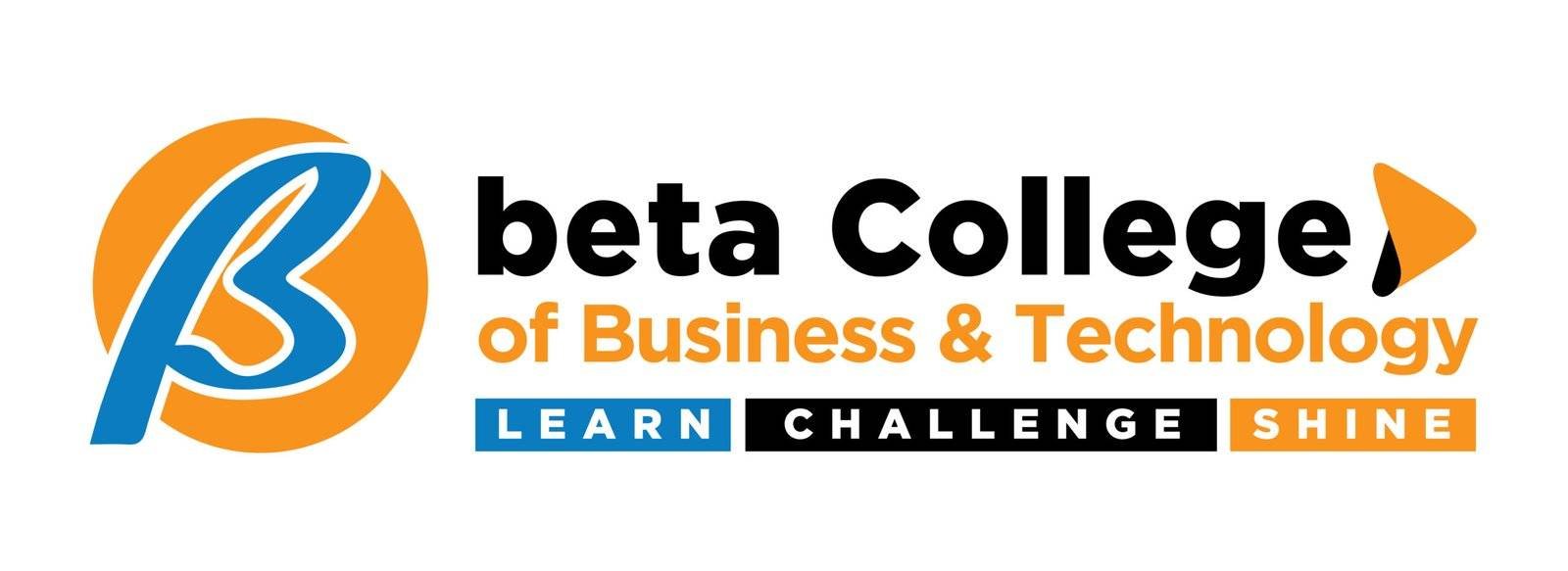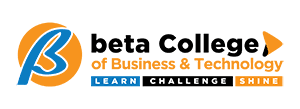The digital revolution is reshaping the education sector, and one of the most significant advancements is the integration of the Internet of Things (IoT). IoT is creating dynamic, interactive, and data-driven learning environments that enhance both teaching and student engagement. From smart classrooms to AI-driven personalized learning experiences, IoT is making education more efficient, accessible, and innovative.
What is the Internet of Things (IoT)?
The Internet of Things (IoT) refers to a network of interconnected devices that communicate and exchange data over the internet. These devices range from smartboards and wearables to sensors and cloud-based learning platforms. By leveraging IoT, educational institutions can streamline administrative tasks, improve student engagement, and personalize learning experiences.
The Role of IoT in Transforming Learning Environments
1. Smart Classrooms for Interactive Learning
IoT-enabled smart classrooms are revolutionizing traditional teaching methods. Smartboards, interactive projectors, and connected devices allow teachers to create engaging multimedia presentations that cater to different learning styles. Tools like augmented reality (AR) and virtual reality (VR) powered by IoT provide immersive experiences, helping students grasp complex concepts more effectively.
2. Personalized Learning with AI and IoT
With the integration of Internet of Things (IoT) and artificial intelligence (AI), personalized learning has become more attainable. IoT devices collect data on students’ learning behaviors, preferences, and progress, enabling adaptive learning platforms to tailor content to individual needs. This data-driven approach ensures that students receive targeted learning resources, making education more effective and efficient.
3. Enhanced Student Engagement and Collaboration
IoT facilitates real-time collaboration between students and teachers, even in remote or hybrid learning settings. Connected devices, such as tablets and smart displays, enable interactive discussions and group projects. Cloud-based platforms allow seamless sharing of educational materials, fostering teamwork and enhancing overall engagement.
4. Improved Campus Security and Safety
Security is a top priority for educational institutions, and IoT enhances campus safety through smart surveillance systems, biometric access controls, and real-time tracking of students and staff. Smart ID cards and IoT-enabled attendance systems help automate student monitoring, ensuring a secure learning environment.
5. IoT-Powered Learning Analytics for Data-Driven Insights
The Internet of Things (IoT) generates vast amounts of data that institutions can analyze to improve academic performance. Learning analytics powered by IoT devices track student progress, identify learning gaps, and provide actionable insights to educators. This data helps teachers refine their teaching strategies and offer timely interventions to struggling students.
6. Efficient Resource Management in Educational Institutions
IoT optimizes the use of resources such as energy, water, and classroom space. Smart lighting, temperature control, and occupancy sensors ensure energy efficiency, reducing operational costs. Automated inventory management of books, lab equipment, and supplies enhances resource utilization, making education institutions more sustainable.
7. IoT in Remote and Online Learning
The rise of online education has accelerated the adoption of IoT in remote learning environments. IoT-enabled devices such as smart cameras, digital whiteboards, and cloud-based collaboration tools create an interactive virtual classroom experience. Wearable devices and IoT-based tracking systems provide real-time student assessments, ensuring continued engagement and learning progress.
8. Gamification of Learning with IoT
Gamification is a growing trend in education, and Internet of Things (IoT) plays a crucial role in enhancing this approach. IoT-powered educational games and applications provide real-time feedback, encouraging students to stay engaged. Smart sensors and interactive learning tools make lessons more enjoyable, fostering a deeper understanding of the subjects.
9. Smart Libraries for Digital Learning
IoT has transformed libraries into digital learning hubs. Smart library systems use IoT-enabled RFID (Radio Frequency Identification) tags to manage books efficiently. Students can access digital resources, reserve books online, and receive real-time updates about library availability, making research and learning more convenient.
10. IoT in Special Education
IoT has significantly improved accessibility in education for students with disabilities. Assistive technologies, such as smart hearing aids, voice recognition software, and IoT-powered learning applications, provide personalized support for students with special needs. These advancements make education more inclusive and tailored to individual learning requirements.
Challenges and Considerations in Implementing IoT in Education
While IoT offers numerous benefits, its implementation in learning environments comes with challenges:
- Data Privacy and Security: IoT devices collect vast amounts of data, raising concerns about student privacy and cybersecurity. Institutions must implement strong data protection policies and encryption methods to safeguard sensitive information.
- Cost of Implementation: Integrating IoT requires significant investment in infrastructure, training, and maintenance. Educational institutions must carefully plan budgets and seek funding opportunities to implement IoT effectively.
- Technical Challenges: Ensuring seamless connectivity and interoperability between various IoT devices can be complex. Schools must have reliable internet infrastructure and IT support teams to manage IoT ecosystems efficiently.
- Teacher Training and Adoption: Educators need proper training to leverage IoT tools effectively. Schools should provide workshops and training programs to help teachers integrate IoT into their teaching methodologies.
The Future of IoT in Education
The future of Internet of Things (IoT) in education looks promising, with advancements in AI, big data, and 5G technology further enhancing learning environments. Future trends may include:
- AI-Powered Smart Tutors: AI-driven IoT devices will provide real-time tutoring, answering student queries and offering personalized assistance.
- Blockchain for Secure Credentialing: Blockchain technology integrated with IoT can provide secure academic records and digital certificates, reducing fraud.
- Augmented Reality (AR) and Virtual Reality (VR) Expansion: AR/VR applications will become more immersive, making learning experiences more engaging and interactive.
- IoT-Driven Skill-Based Learning: Smart devices will facilitate hands-on, skill-based education, bridging the gap between theoretical knowledge and practical applications.
Conclusion
The Internet of Things (IoT) is revolutionizing learning environments by making education more interactive, personalized, and efficient. From smart classrooms to enhanced security and remote learning opportunities, IoT is paving the way for a future where technology and education go hand in hand. While challenges remain, the benefits of IoT in education far outweigh the drawbacks, making it an indispensable tool for modern learning environments.
As IoT continues to evolve, educators and institutions must embrace this transformative technology to create smarter, more connected, and more effective learning ecosystems. By doing so, they can prepare students for a digital-first world where learning is no longer confined to the walls of a classroom but extends into a seamless, tech-driven experience.


